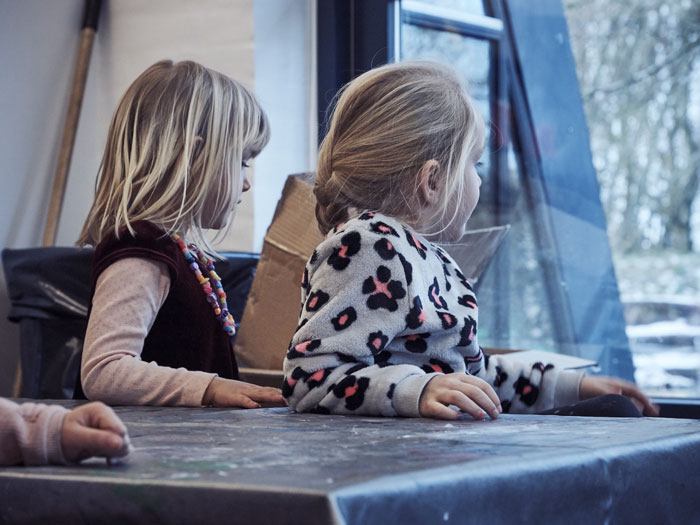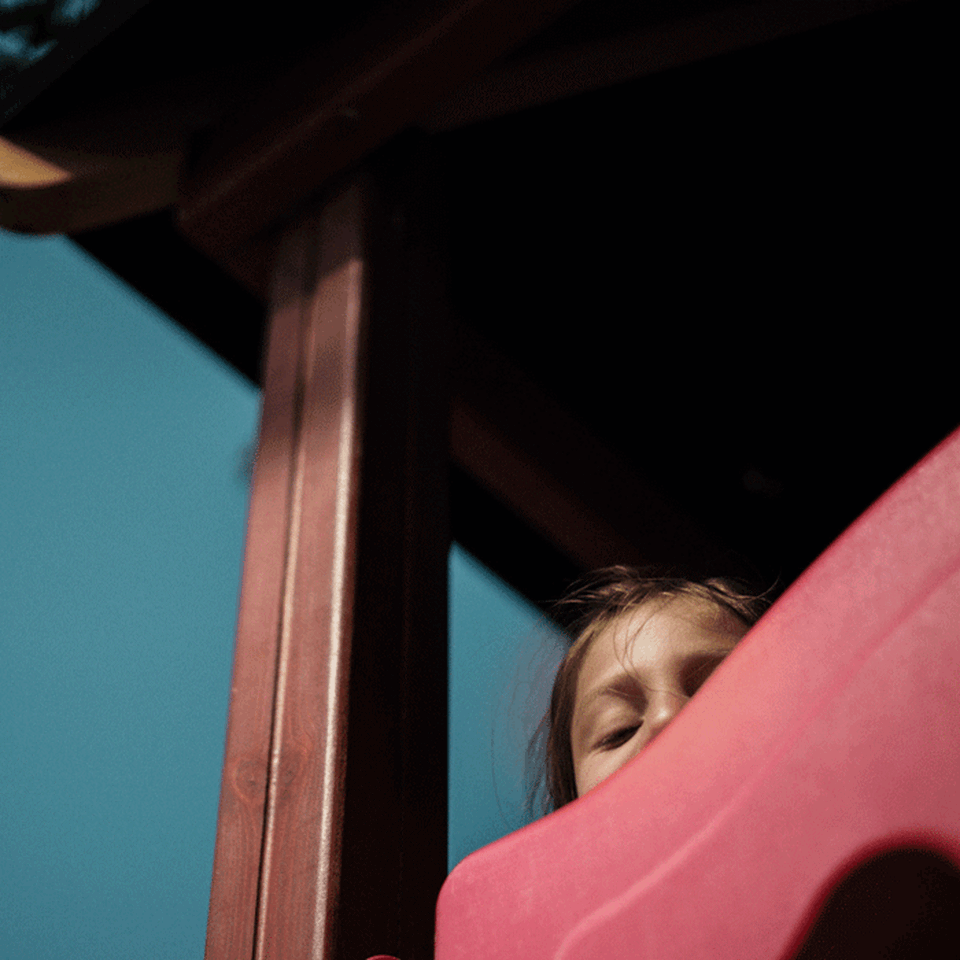Three ways of co-creating with children in day care
How do professionals in daycares get younger children's perspectives on the field when planning, organizing and evaluating an activity? A new report is trying to answer that, by communicating experiences between the day care services that attended Billund Builds in January 2019.
The desire to involve children and work with co-creation in practice is not missing in the day care services in the municipality of Billund. This is the conclusion of an evaluation report in which CoC Playful Minds has asked children, professionals and executives to assess their benefits of Billund Builds 2019. Participants have shared their experiences of working co-creative, experimental, creative and playful.
- We are very pleased to see how the majority of professionals are concerned with making room for children's perspectives and voices. Their answers show that they think it's important, but also, sometimes difficult to succeed in getting the children on an equal level. The evaluation report points to areas where the professionals are looking for methods and cases for inspiration about co-creating, says Trine Enggaard Sennels, Research Consultant at CoC Playful Minds. She is co-author of the evaluation report, which is written to gather experiences and contribute to knowledge sharing between the daycare services participating in Billund Builds.
- Knowledge sharing and exchange of experience have been in demand, and this is a wish that we would like to support. That why we have evaluated thorough on this years Billund Builds, which includes observations, interviews and questionnaires for children and professionals, which we process and reproduce in the new report. The evaluation also provides insights that we use to further develop Billund Builds in the best possible way, says Trine Enggard Sennels.
Three challenges and three solutions
Below you can read about three challenges that the professionals in day care services can face when co-creating in practice with children aged 3-6 years. The challenges are matched with good experiences and possible solutions. Both challenges and solutions are taken from the professionals answers in the evaluation of Billund Builds 2019.
# 1 Planning:
Typically, it is the adults who arrange for the planning of activities or courses. The children are not naturally involved, so how can you get the younger children involved right from the beginning?
Children's competences to participate in a planning process can depend a lot on what they have tried in the past. Therefore, breaking down planning into smaller elements works well. Children often have better conditions and opportunites to invite when presented with parts of the process.
Photography can be a way to get kids involved with their suggestions. An example is an educator who brings a polaroid camera and asks the children to take one picture each. The picture has to be of something they want to play with or something they like. The children's motive can be the starting point for a talk about what the day should be about. At the same time, the children learn how to document, collect, visualize and articulate everyone's suggestions through pictures.
When children participate in planning, it is a good idea to pay attention to the daily habits and logic of the institution. Children do not intuitively think about how things are done in the smartest or fastest way. And they do not match their suggestions accordingly to the lunchtime or a common gathering.
Proceed the planning with a believe that the children´s ideas can become reality. It makes the kids want to get involved. Visa versa, it is very demotivating to be asked but not heard. In co-creation there is not one answer that is more correct than another. Children and adults are equal in finding the decisions you end up moving forward with.
# 2 Idea Development:
Idea development can be a difficult size to make tangible, so how do you develop ideas with smaller children?
When developing smaller ideas for children, it is important that there is a professional who is very attentive to facilitating and shaping the process so that children's ideas are expressed. If the professional has an idea in advance of what the idea development should end up with, it is important to pay attention to the children's perspectives and to follow their tracks. When younger children need to develop ideas and experiment, it is often necessary for a professional to be directly involved in initiating dialogue and process.
An example is two children who are having fun. The educator takes a LEGO figure and asks the children about their play through the figure, which involves several other children into playing. That way, the play is being developed through the educator, but initiated by the children's own ideas - which ends up with the children developing the play together.
The Pick A Card method can be another way of triggering children's thoughts and ideas. Pick A Card is initiated by the professionals. The professionals places the picture cards on the ground, and asks the children to choose a card that they particularly like. In turn, the children must tell why they have chosen their card. As each child talks, the children practice listening to each other and might even be asking each other questions about what is happening on the picture card. A common understanding in the children's group is brought to live, with the opportunity to understand each other's perspectives and be curious together or separately. The pictures on the cards may be thorough selected by the professionals, so that they frame the idea development. For example, if there is a specific activity where the children should contribute with a framework or specific idea.
# 3 Evaluation:
Children aged 3-6 are present at the moment, so how do you involve them in the evaluation of a long-term course, and how do you help them put words into their perspective?
Evaluation often marks the end of an activity, but in co-creating with younger children, an ongoing evaluation process is an advantage. Maybe it means that you are aware of talking to the children every day about the things they have done. The joint evaluation can also be used during the day as a feed forward to what they would like to do next.
If children do not have language or if they cannot tell their opinion, it may be an idea to create a knowledge wall in the institution. The Knowledge Wall is a wall where kids can hang a drawing of the activity they thought was fun to participate in. Another option is to equip the kids with a camera and let them photograph what they think has been the most fun.






